Mona Hatoum at Tate Modern
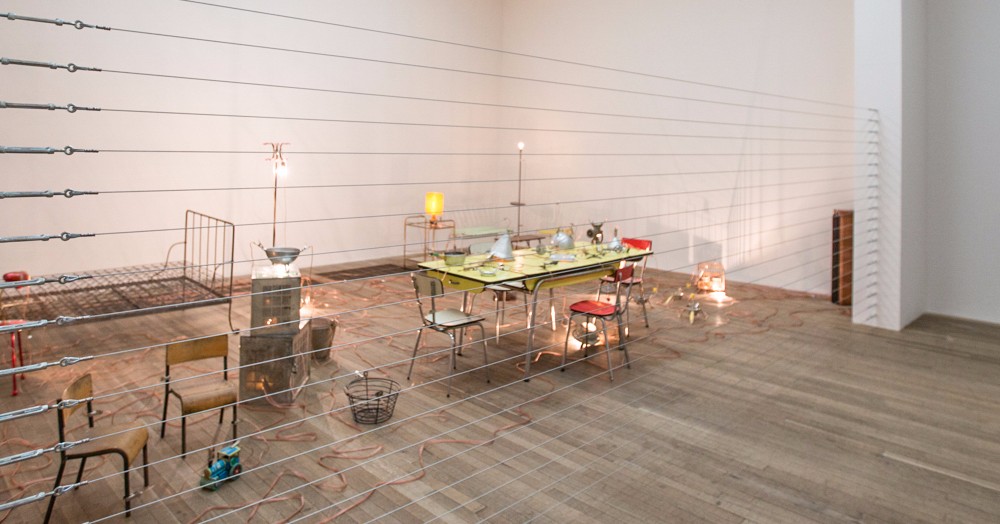
This summer Tate Modern is staging a long-overdue retrospective of the work of performance artist and sculptor Mona Hatoum. The result is 14 rooms of thought-provoking and visually captivating work.
Born in 1952 to a Palestinian family, Hatoum was forced to settle in England in 1975; she was visiting as a tourist when war broke out in Lebanon, and she was unable to return to her home country. Perhaps as a consequence of this, a political strain runs through her work, from her early performances to later sculptural works such as Hot Spot (2009).
However, Hatoum’s brand of political art is one that neither asks direct questions nor provides any answers. Instead, the viewer finds a subtle but highly engaging exploration of the issues that affect politics worldwide: fear and desire, the familiar and the foreign, and the bodily and the mechanical.
This is contemporary art at its best. Hatoum’s work isn’t preachy or visually shocking, rather her objects draw the viewer in, encouraging a longer look. In one room, a swinging lightbulb shines amid a stack of cages, throwing ever-changing shadows on the walls and inducing an almost addictive feeling of slight dizziness.
Elsewhere, Hatoum’s Homebound (2000) is an installation set behind a strong wire fence. In this work, a powerful (and potentially lethal) electric current passes through a series of household items, lighting up bulbs and emitting a loud buzzing sound. The colanders, beds and cheese graters transform before the viewer’s eyes from familiar homely objects to potential death-traps, and then back again as the current is conducted elsewhere.
Other works focus on the human body, sometimes in a very literal sense, with pillows embroidered with hair and toenail clippings suspended in a plexiglass cube. Slightly macabre though this might seem, these surreal items nevertheless powerfully explore what it means to be a human being and to be living in a human body in the modern world.
The curators have chosen to eschew the usual chronological arrangement of retrospectives, and instead exhibit works according to carefully curated themes and contrasts. Although this makes it harder to trace Hatoum’s artistic development, the resulting juxtapositions are intriguing and generally work well.
Less known than many of her contemporaries, Mona Hatoum’s work has been given relatively little recognition up until now. Hopefully the new exhibition at Tate Modern is a sign that this is beginning to change.
Anna Souter
Photos: Erol Birsen
Mona Hatoum is at Tate Modern from 4th May until 21st August 2016, for further information visit here.


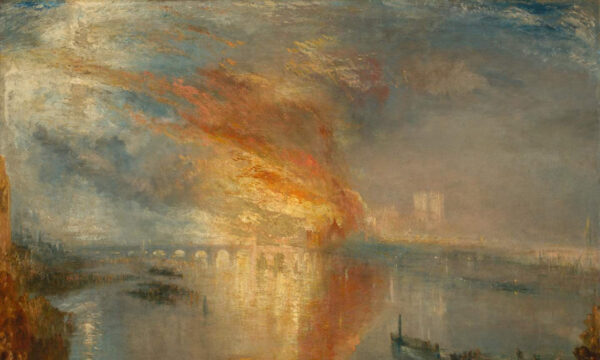
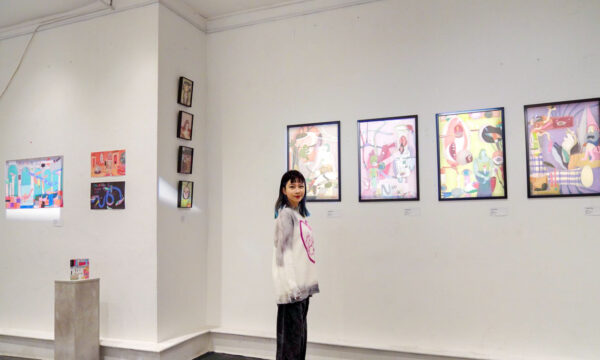
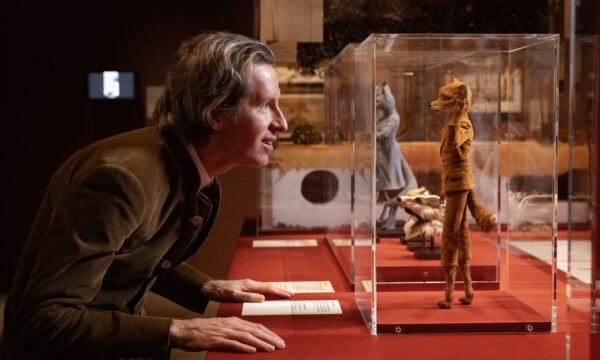
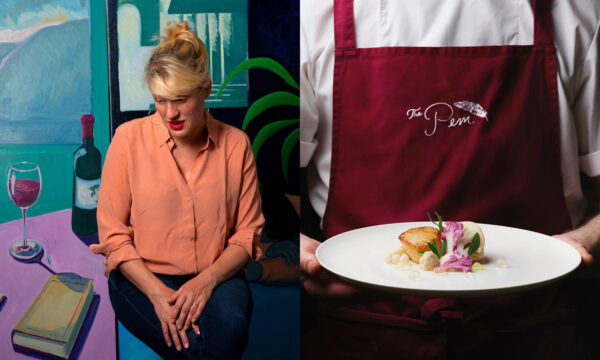
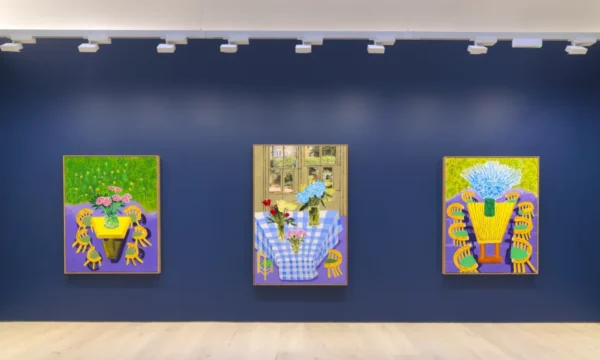

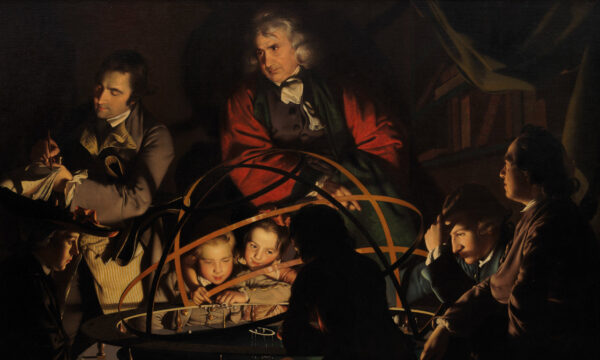
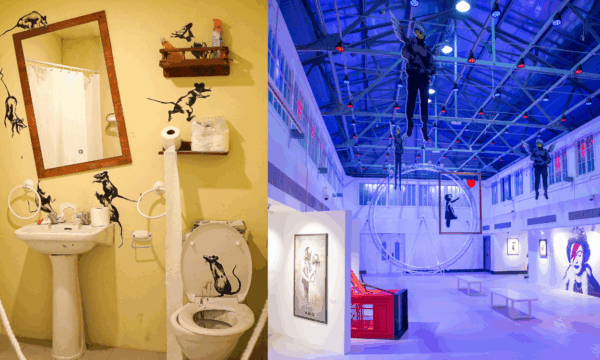
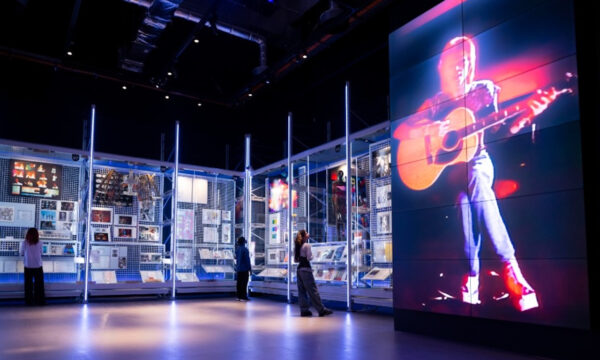



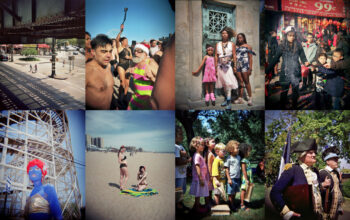











Facebook
Twitter
Instagram
YouTube
RSS